
SF Glaser, Inc
Cast Bronze Bell, Clock Tower, Electric Bell (Carillon System) Maintenance, Repair, Sales & Installation
S F Glaser has been a trusted name in southern California since 1986. For over 36 years our company has provided a wide range of high quality, professional services to places of worship, schools, municipalities and businesses throughout California, Arizona and Nevada. We specialize in the design, installation and maintenance of digital carillon systems, cast bronze bells and bell automation systems as well as outdoor clocks and clock towers.
History of Bells & Installing Tower Bells in California
Starting in 1769, Spain built a chain of 21 missions stretching from San Diego in Southern California, to Sonoma in Northern California, along the historic El Camino Real highway route. Today there are just under 600 bells in place marking the old highway route and its branches.
The cast iron bells hung from eleven-foot bent guideposts that made them easily visible to passing travelers. California’s mission era ended in 1834, but you can still see the bell culture legacy that endures with the bells and the bell towers still very much in place at the historic missions.
Historically the ringing of the bells started the day at each California mission and once again the ringing of the bells ended the day. The mission bells and their chimes that traveled for miles set the rhythm of life for all those who lived at and near the missions.
Through the course of a typical day mission bells rang, signaling that a church service was imminent, it was time for a meal, perhaps time to start working or conversely, time to rest. The first bell of the day was at sunrise for a religious commemoration calling the people to prayer called the Angelus. The last bell of the day in the evening at 8 o’clock saying good-night to all and called the “Poor Souls’ Bell’.
It was a high honor for a person to be selected as bell ringer at the mission bells as the person had to be reliable, trustworthy, and skilled. Each mission bell had its own unique tone, and the combination of rhythms and tones varied depending on messages required to be announced far and wide. For example, during the course of a single day the messaging of the bells might ring out somber and sad tones for a funeral. Perhaps later in that same day the messaging would change to happy or joyful tones to celebrate a wedding or feast.
Bells were of many sizes and many quite large and heavy, and came with risk and danger if the bell ringer was not sufficiently swift to dodge the path of the swinging bell. While some bells were rung by a person below the bell pulling on a long rope, other bells required pushing by hand until they spun fully around on their bell-yoke.
Most of the mission bells were originally crafted in Lima, Peru (known as “the city of bells” due to the amount bell foundries there) or Mexico. The largest bells crafted were 2 to 3 feet high and since they were made of cast iron, weighed more than thousand pounds. Many of the mission bells had inscriptions on them or the maker or high ranking individuals at the mission – that added to the unique character of the bell.
The bells at Mission San Juan Capistrano are rung by pulling from below on long ropes fixed to the clapper of each bell, as opposed to swinging the bell itself. Though the bells are over 200 years old, to this day each March the San Juan Capistrano mission bells are rung to mark the return of swallows from their annual migration to Argentina.
A famous mission bell is the Mater Doloroso (above) at Mission San Diego, cast in 1796 in Mexico, recast in San Diego about 100 years after that and then underwent a full restoration in 1931. Formally known as “Mission Basilica San Diego de Alcala” this mission has a stunning 46’ tower (campanario) harboring 5 bells (below), the largest weighing over 1,000 pounds.
One of the largest bells is at Mission San Miguel, a 2,000+ pound bell (above) originally cast in 1888 from metal melted down from other bells that were sent to the San Miguel mission from other missions.
Historically during Holy Week there were certain days when large bronze bells were to be silent and it’s believed that unique bells of Mission San Buenaventura were crafted mindful of those occasions.
Mission San Buenaventura has two bells that were crafted (carved) from huge blocks of redwood trees and are the only wooden bells found at any of the 21 California missions.
At some missions such as San Carlos Borromeo de Carmelo (above), Santa Bárbara, and San Buenaventura, the bells were mounted in towers. Other missions constructed companarios, or bell walls, for their bells. These bell walls were next to the churches, with the bells visible through openings in the walls.
Companarios or bell walls can be seen at San Gabriel (above), Missions San Diego, Santa Inés, and others. Some missions presented the bells at the front of the church.
At a few of the missions (San Rafael (above), San Francisco Solano, Soledad) used simple wooden frames, set near the entrance to the churches, supported the bells.
With over a thousand projects under our belt, the Glaser team has built a reputation based upon pride of workmanship, integrity and dependability. We work closely with our clients, listening carefully to every word spoken to make sure their needs are met with full satisfaction. Our goal is simple: to provide the best service money can buy. We do what we love and we love what we do. As president of this company, you have my word that you will always be given an honest opinion. Whether it is an existing system that can be repaired or a new one, you will be presented with the most affordable options available along with more advanced systems that may better serve your needs. We want you to feel comfortable before proceeding with any project.
We welcome the next challenge and look forward to working with you on your next project.


President and CEO
S F Glaser, Inc
Click to Call or (626) 841-1859
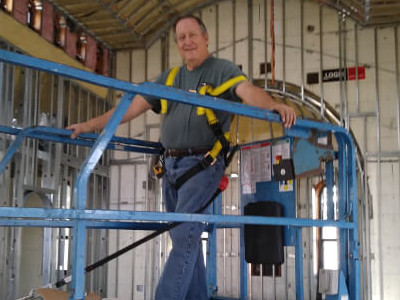
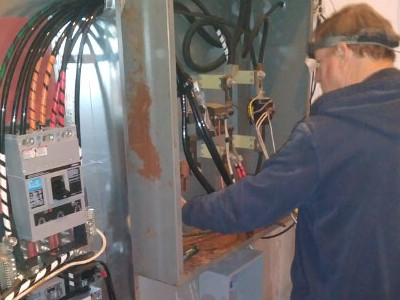
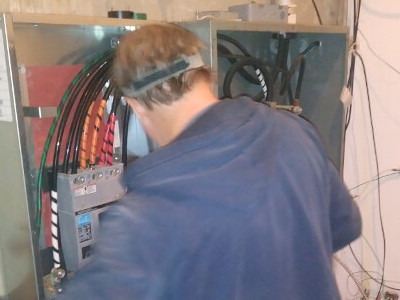
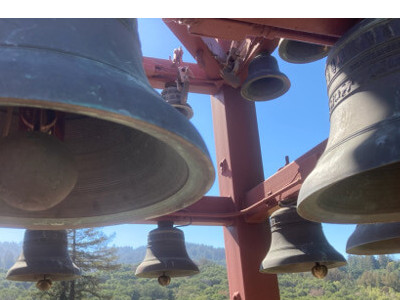
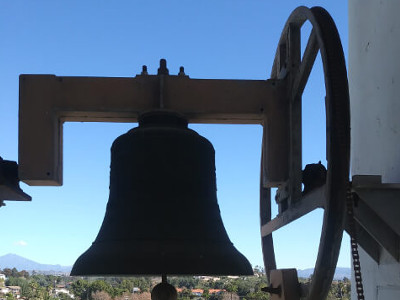
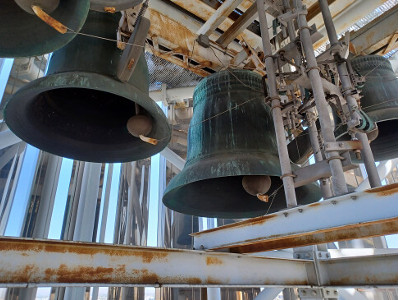
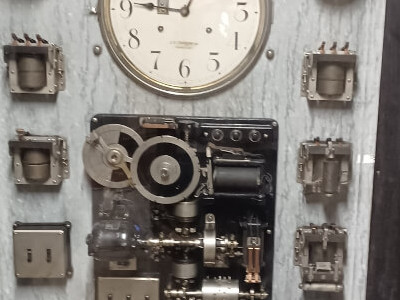
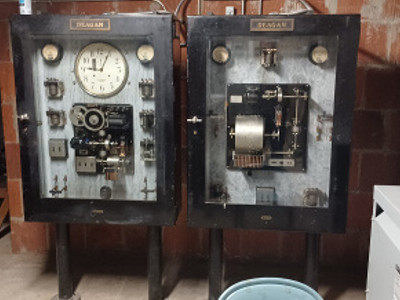
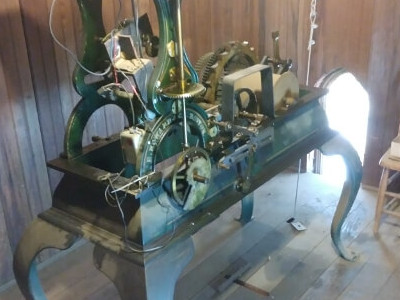
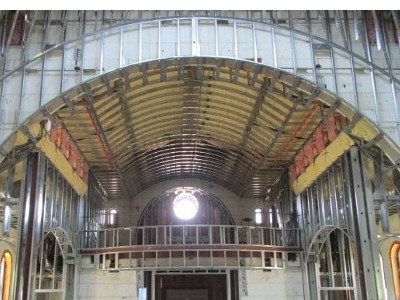
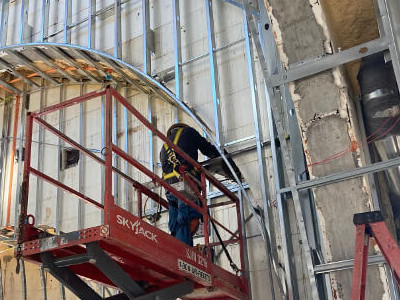
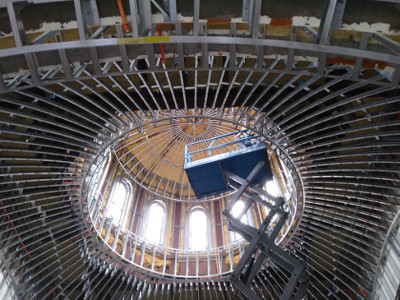
Click Here for Electronic Bells & Carillon Systems

Click to Call or (626) 841-1859
Clock Tower, Bell or Bell System Clients Include
- Christ Cathedral Catholic Church
- Mission San Juan Capistrano
- First Congregational Church of Redlands
- Annunciation Catholic Church
- Stanford University
- Holy Cross Catholic Church
- City of South San Francisco
- St. Anthony’s Catholic Church
- Avondale Church of God
- BIOLA University
- Twin Towers United Methodist Church
- St. Patrick Catholic Church
- St. Archangel Michael Serbian Orthodox Church
- USC
- Antioch Historical Museum
- St. Boniface Catholic Church
- Bolero Winery
- St. Columban Catholic Church
- St. Clément’s Anglican Church
- St. John’s Episcopal Church
- St. Mary’s Catholic Church
- St. Stephen’s Catholic Church
- St. Veronica Catholic Church
- Calvary Catholic Cemetery
- Christ Church
- Center of Praise
- Europa Village
- Queen of Apostles Catholic Church
- Holy Trinity Catholic Church
- City of Sacramento
- City of Garden Grove
- St. Mary’s Catholic Church
- Annunciation Greek Orthodox Church
- UCLA
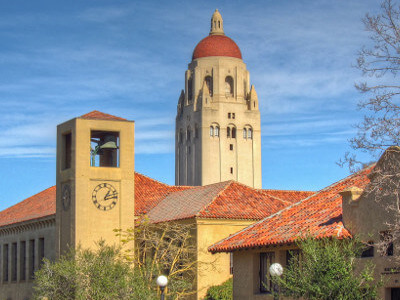
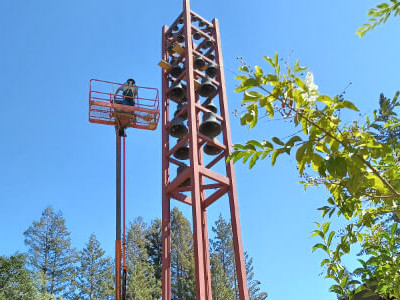
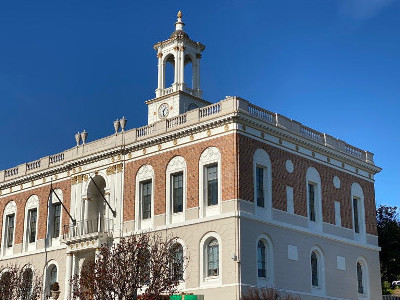
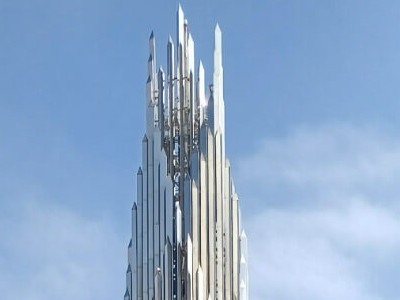
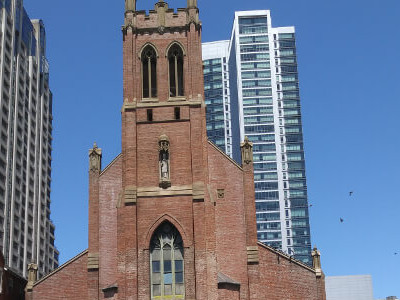
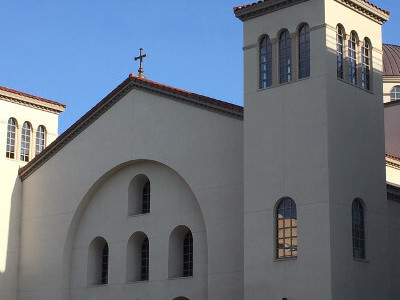
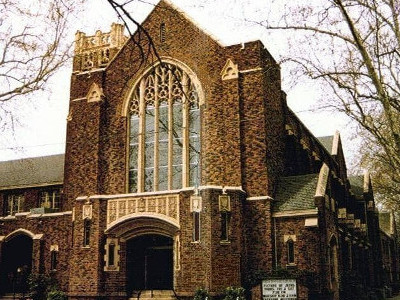
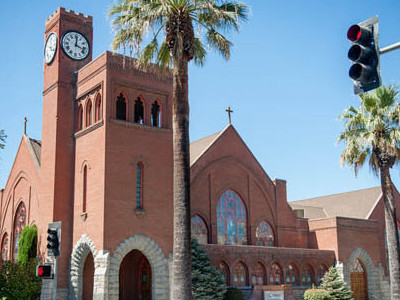
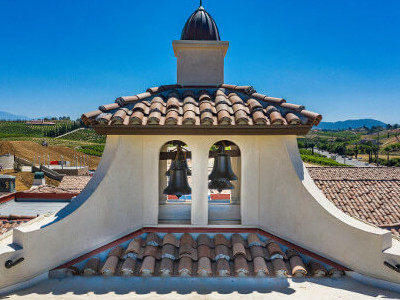
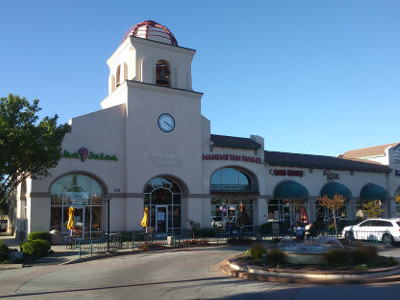
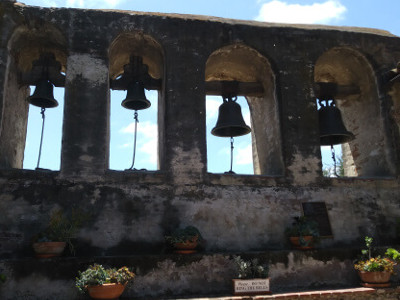
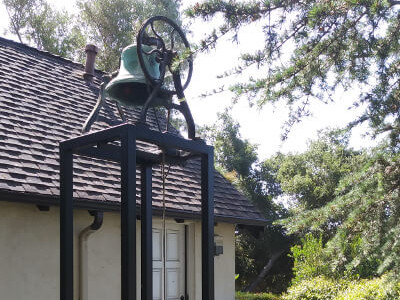
SF Glaser, Arcadia CA Serving Electrical Needs since 1986
